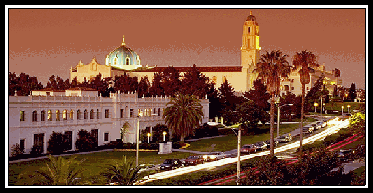B.
Controlling the Money Supply
1. Federal Reserve System (Fed)
- 7 members of
Board
of Governors
- 12
Federal
Reserve District Banks
- Federal
Open Market Committee (FOMC)
- 2,800 member banks
.
.
2. Implementing monetary policy
.
.
.
.
.
.
a. Open market operations
(1) Increasing money supply
.
.
.
.
.
.
.
(2) Decreasing money supply
.
.
.
.
.
.
.
- Sell security, buy back later at a higher
price
- Difference is the effective interest
- Reverse repurchase agreement (reverse
repo) - buy security, sell back later at a higher price
- Done when government budget deficits are
low and government securities market is small
.
.
.
b. Discount rate
- Increase discount rate => less borrowing
from Fed => less reserves => fewer loans => money
supply decreases
- Decrease discount rate => more borrowing
from Fed => more reserves => more loans => money supply
increases
.
.
.
.
.
.
.
.
.
c. Reserve requirement
- Increase reserve requirement => less
reserves can be loaned => money supply decreases
- Decrease reserve requirement => more
reserves can be loaned => money supply increases
.
.
.
.
.
.
.
.
d. Other actions
(1) Foreign exchange market
intervention
- Buy foreign currency => money supply
increases
- Sell foreign currency = > money supply
decreases
.
(2) Change margin requirements
.
(3) Quantitative easing
-
Similar to open market operations
-
Used when interest rates are near
zero
-
Includes long-term government bonds
and corporate bonds
=> longer term rates impacted
.
3. Impact of monetary policy
a. Effects
.
.
.
.
.
.
.
.
b. Lags
(1)
Recognition lag - takes time to recognize that a problem exists
(2)
Implementation lag - takes time to take action
(3) Impact
lag - takes time for policy to have an impact
- Due to lack of confidence in economy
.
.
.
.
|


